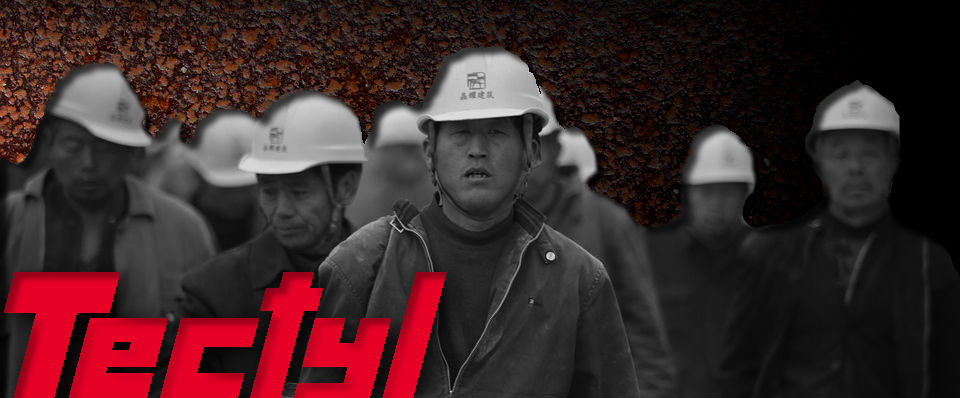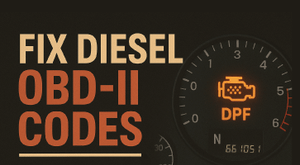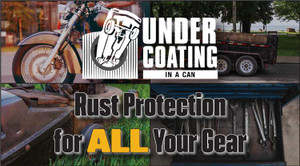Industrial Coatings -- The Dark Horse of the Petroleum Industry
By on Mar 10 2016

What do you know about Coatings?
Industrial and automotive coatings have been a huge part of the petroleum industry for many, many years, but most consumers don't really understand their application or how they can be useful.
There are so, so many coating types. As we work to make this leg of the industry easier to understand, we can start with Tectyl's 435D and 437D, which are of a unique variety; known in the industry as hot-melt wax coatings, these two Tectyl products are rust preventatives with virtually zero environmental impact.

It turns out, for as many coatings as PSC sells, the breakdown of these coatings is fairly simple.
Almost all coatings are designed specifically to handle the problems of rust and corrosion. Take a look around you, chances are, you'll be able to find something that has been coated generally speaking, some of these coatings resemble paints and other finishes, but appear thicker, more resilient, are commonly found outdoors, and may even be clear, or translucent.
Applications of these products tend to be unnecessarily specific -- while some coatings are uniquely designed to handle one task, most coatings are capable of handling a variety of tasks both mobile and industrial and may even be used in simple household tasks. Most coatings are designed to prevent rust in a rather "metal-heavy" era; in other words, as long as we have a metal-based infrastructure for our society, we will have industrial-strength coatings. The simplest way to break down the coatings is likely by base-stocks.

We have broken down these products into three categories: solvent-based, water-based, and oil-based.
While there are many different varieties of each, these three categories do well to separate the performance characteristics of the different types of coatings.
435D and 437D are oil-based waxes that are unique products in the Tectyl line due to their unique formulation, these two products have a VOC of 0, meaning they are environmentally-safe; 435D is even used in some submarine ballast tanks considering its non-toxicity in marine environments.
437D is similar in texture and application to Cosmoline. Photo from TinCanBandit's Gunsmithing.
435D is similar to candlewax while the coating is hard at first, it is heated up before application, is usually sprayed or dripped on a surface, and dries very quickly, if not immediately. 437D is similar in texture to petroleum jelly, which makes it ideal for short-term protection during shipment.
This coating is often used in military applications and has been applied to tanks, Humvees, and weaponry during transport. Similar waxy coatings are used in the construction of wire rope, which is used to build suspension bridges such as the Golden Gate bridge.
Check out PSC's YouTube channel for more information on Tectyl products as well as entertaining videos on coatings, lubricants, and all things petroleum.







